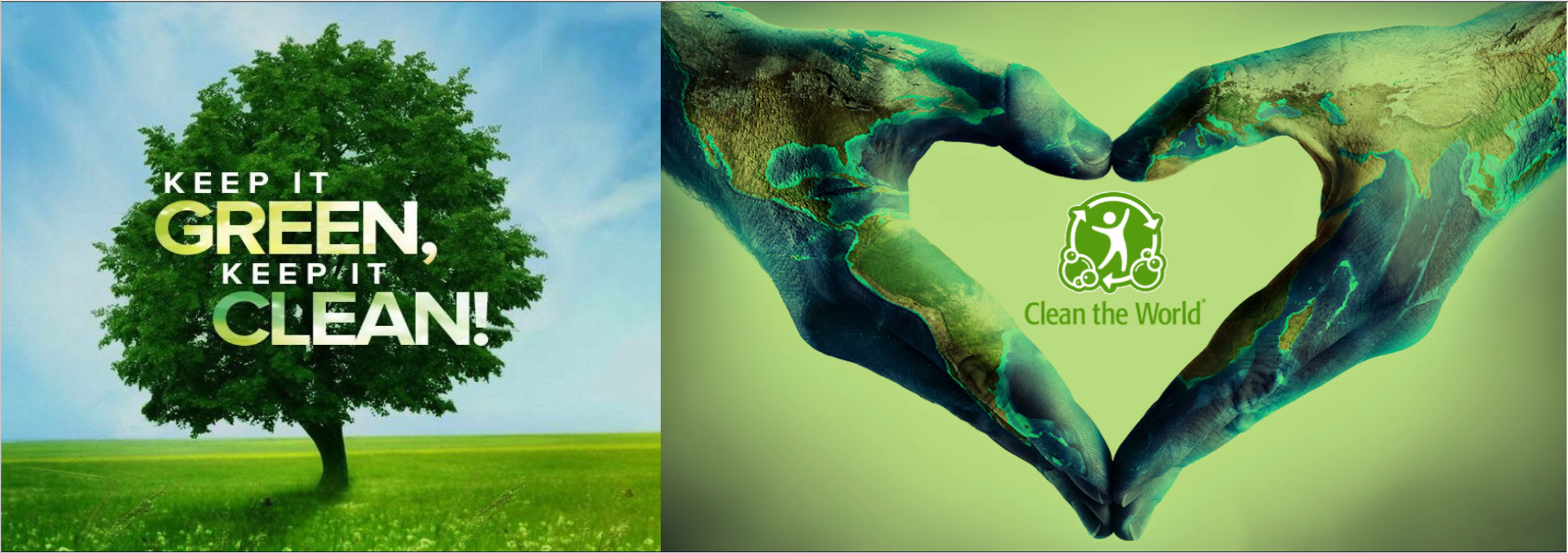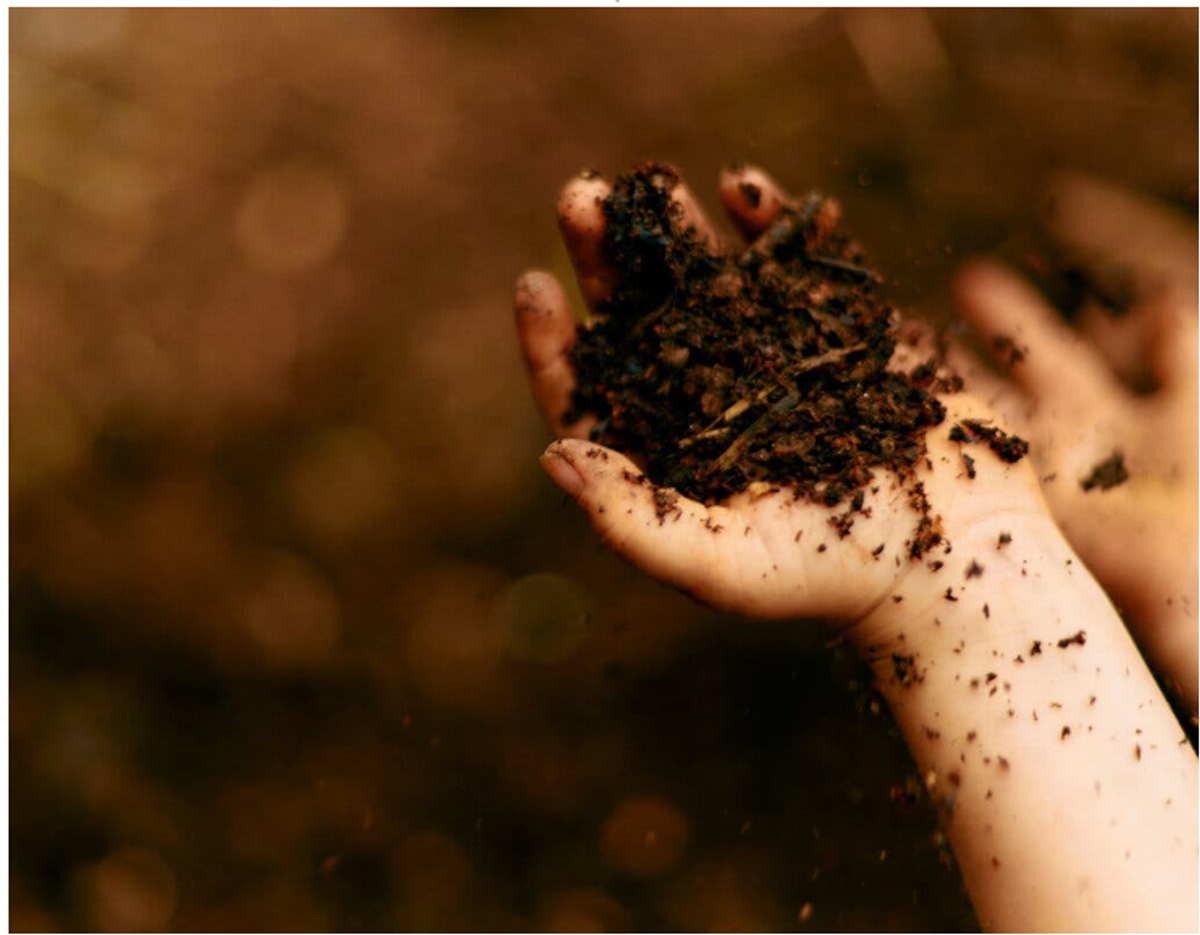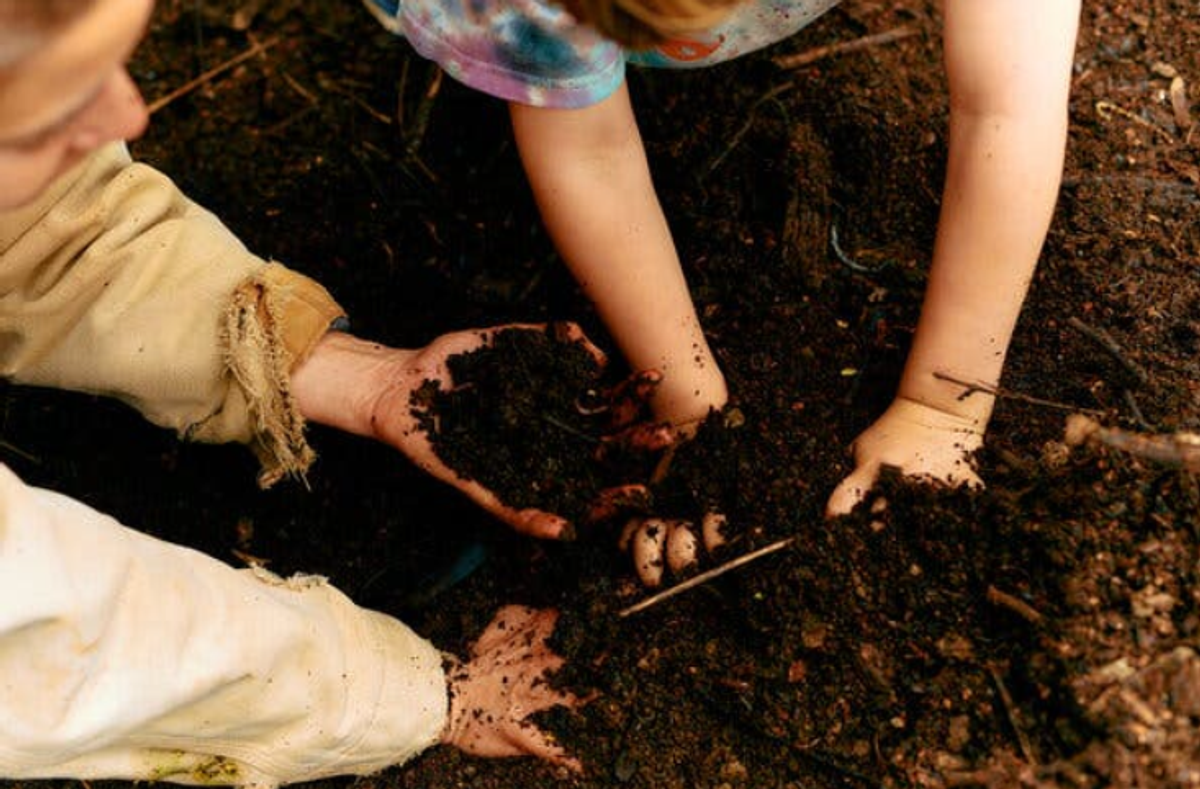The Green Page:

A Little Bit of Dirt Is Good for You:
by Holly Burns
This article connects very nicely to our Health page article about the value of children getting outside every day.
Scientists have long known that a little dirt can be good for you. Research has suggested
that people who grow up on farms, for instance, have lower rates of Crohn’s disease,
asthma and allergies, likely because of their exposure to a diverse array of microbes.
In the 1970s, scientists even found a soil-dwelling bacterium called Mycobacterium
vaccae that has an anti-inflammatory effect on our brains, possibly both lowering stress
and improving our immune response to it.
More recently, there’s been an explosion of interest in the human microbiome — with
people taking probiotics, seeking food with live cultures and “rewilding” their microflora.
At the same time, scientists have been discovering how broad a role dirt microbes can play in our mental and physical health.
When we’re touching soil or even just out in nature, “we’re breathing in a tremendous
amount of microbial diversity,” said Christopher A. Lowry, a professor of integrative
physiology at the University of Colorado Boulder.
A recent Finnish experiment found that children attending urban daycares where a native
“forest floor” had been planted had both a stronger immune system and a healthier
microbiome than those attending daycares with gravel yards — and continued to have
beneficial gut and skin bacteria two years later.
It’s not just good for kids; adults can also benefit from exposure to soil-dwelling microbes,
Dr. Lowry said. So this spring, make a little time to go outside and get grimy.
Embrace the dirt while you move.
Dr. Lowry said that activities like mountain biking, camping, and hiking are easy ways to come into contact with a diverse microbial ecosystem. “I think we underestimate how much exposure we get from simply being outside.”
Kids love unstructured play in the dirt, said Mary Phillips. She recommended carving out a dirt patch in the corner of a yard or filling plastic bins with soil and letting them dig tunnels, drive trucks or root
around for hidden toys.
Credit...Caroline Tompkins for The New York Times
Plant or pick something.
Gardening has long been associated with reduced depression, anxiety and stress, and it
calls for plenty of time spent working in the dirt.
When people ask him how to get started, Leigh Johnstone, a gardener and mental health
advocate in Southampton, England, who goes by “The Beardy Gardener” to his 21,000
Instagram followers ask one question: “Well, what do you like to eat?”
Tomatoes are one of the easiest things to grow, said Mr Johnstone, because they need
little maintenance and can be planted in a pot or hanging basket on a balcony. He
also suggested strawberries and herbs like basil, mint or chives.
Gardening is a great way to get some dirt time. Leigh Johnstone said that Weeding gets a bad rap, but it can be deeply satisfying. “It gives you a little sense of achievement.”Credit...Caroline
Tompkins for The New York Times
Do like the kids do.
Jill Dreves, the founder of Wild Bear Nature Center in Nederland, Colo., has a simple
recipe for getting dirty:
Make a mud pie.
Get an old cake pan and get creative with mud.
Bring out some rocks and beads to press into them, collect some pretty leaves, and press
your hands or feet in. We save that kind of thing for little kids, but as adults, we need to do more of it.
Mr Johnstone and his 2-year-old daughter like making bug hotels, encouraging
insects to shelter inside. They also make seed bombs, which you can assemble any time
of year, then store until spring or autumn to throw around the yard, Mr Johnstone said.
“A lot of people still have this nervousness around touching soil,” he said. But for him, “it
makes me happy.”


